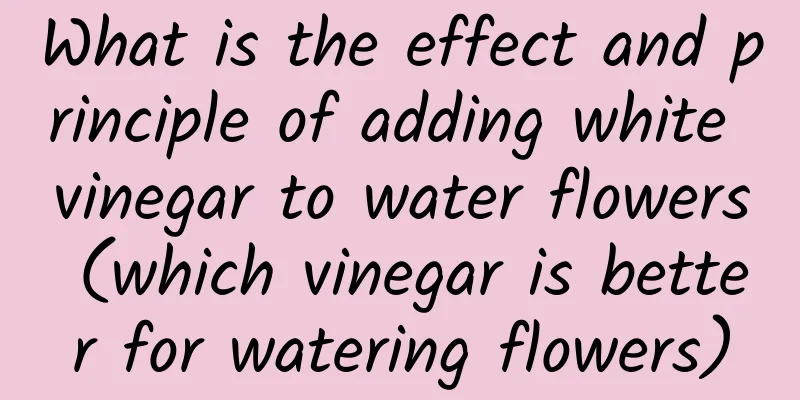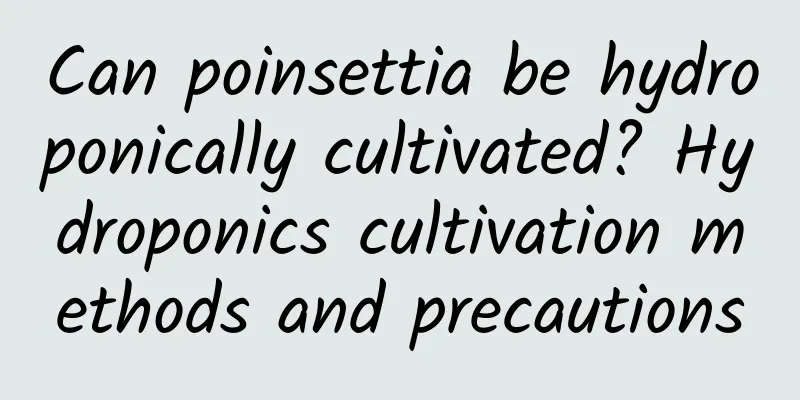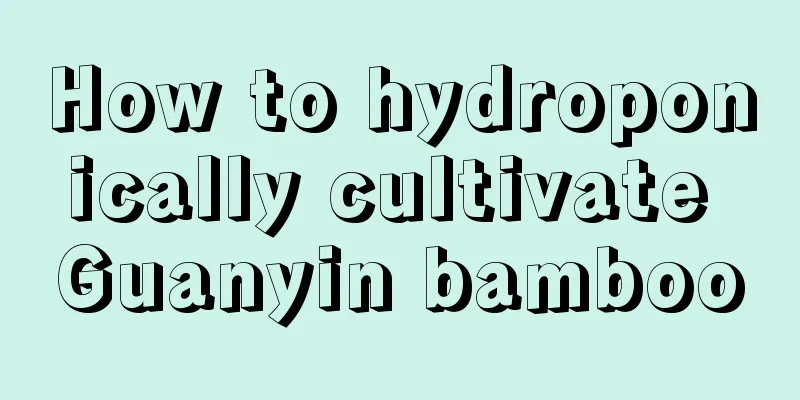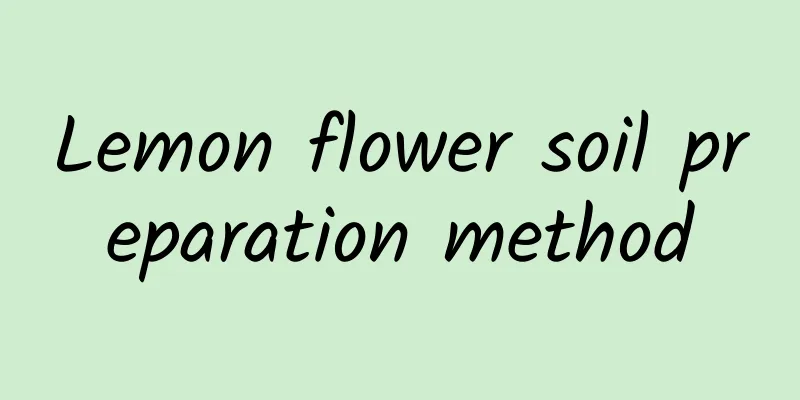What is the effect and principle of adding white vinegar to water flowers (which vinegar is better for watering flowers)

|
After growing flowers for a long time, everyone will be interested in some tips for growing flowers. Everyone has learned about watering flowers with beer, soybean water, and rice water. Watering flowers with white vinegar is actually a little trick for growing flowers. Some flowers will grow lush and bloom more after being watered with white vinegar. Today I will share with you the correct way to water flowers with white vinegar. First, choose edible white vinegarThere are industrial vinegar and edible vinegar. Industrial vinegar cannot be used. Only edible white vinegar can be used to water flowers. Edible vinegar contains nutrients needed for plant growth, such as lactic acid, gluconic acid, calcium, and amino acids. Second, choose the right flowersNot all flowers can be watered with white vinegar. Vinegar is an acidic substance and is suitable for flowers that like acidic soil. The flowers we often grow, such as gardenia, jasmine, camellia, azalea, Milan, money tree, rubber tree, green radish, etc., can be watered with white vinegar . Third, the benefits of watering flowers with white vinegar1. Prevent yellow flower disease The gardenias, azaleas, etc. that we usually grow will have yellow leaves due to the lack of iron in the soil. At this time, you can use white vinegar, which can be mixed with water at a ratio of 1:300. Water it once every 10 days. Generally, watering it about 3 times can turn the yellow leaves green. The emerald green leaves will make the flowers more ornamental. 2. Improve soil acidity and alkalinity Everyone knows that after growing flowers for a long time, the soil will become alkaline due to frequent watering with tap water. At this time, using white vinegar to water the soil can improve the acidity of the soil and make the soil acidic. Especially for some plants that like acidic soil, using edible vinegar to water them is very effective. The ratio of vinegar to water is about 1:50. Water once a week, and you can see obvious improvement after watering 3 times . 3. Dilute white vinegar and wipe the leaves Many flowers and plants will have leaves covered with dust after being raised for a long time, affecting the ornamental effect. For example, for green ivy, Clivia, Kalanchoe, etc., you can use white vinegar and water in a ratio of 1:20 to wipe the leaves . This will not only wipe off the dust quickly, but also make the leaves become emerald green and shiny after a few days. |
>>: How to judge whether succulents enter dormancy (how to judge whether succulents enter dormancy)
Recommend
Growing conditions of Camphor
1. Soil The borneol camphor tree needs loose soil...
How to grow Phalaenopsis so that it blooms out of the pot?
Phalaenopsis is famous for its elegant posture an...
The difference between cloud bamboo and asparagus bamboo
1. The difference between the two The cultivation...
What kind of fertilizer should be used for eucalyptus base fertilizer? How much base fertilizer should be applied?
Eucalyptus base fertilizer Eucalyptus is a fast-g...
What fruit trees are suitable for planting in Guangdong? What fruits are of higher value and better planting prospects?
The climate characteristics of Guangdong are hot ...
The flower language and legend of Marjoram
Marjoram's Flower Language The flower languag...
Cultivation methods and precautions of succulent Oplina
The succulent plant Oplina is very easy to grow. ...
How does Amaryllis hibernate?
1. Natural hibernation Amaryllis will enter a dor...
What vegetables are suitable to grow after Grain in Ear?
What vegetables are suitable to grow after Grain ...
How to fertilize hibiscus
Fertilization method during repotting and pruning...
What are the plants that bloom in winter?
plum bossom The flowering period is winter and sp...
If you learn this method, you can grow any flower
step Today Huahua will introduce to you a univers...
How does crabapple survive the winter? Do they shed their leaves in winter?
1. Wintering Methods 1. Temperature: Begonia has ...
Breeding methods and precautions of silver longevity
1. Maintenance methods 1. Temperature: It is best...
The reason why the leaves of white palm grow lushly but do not bloom is that
1. Insufficient growth period The anthurium is gr...









